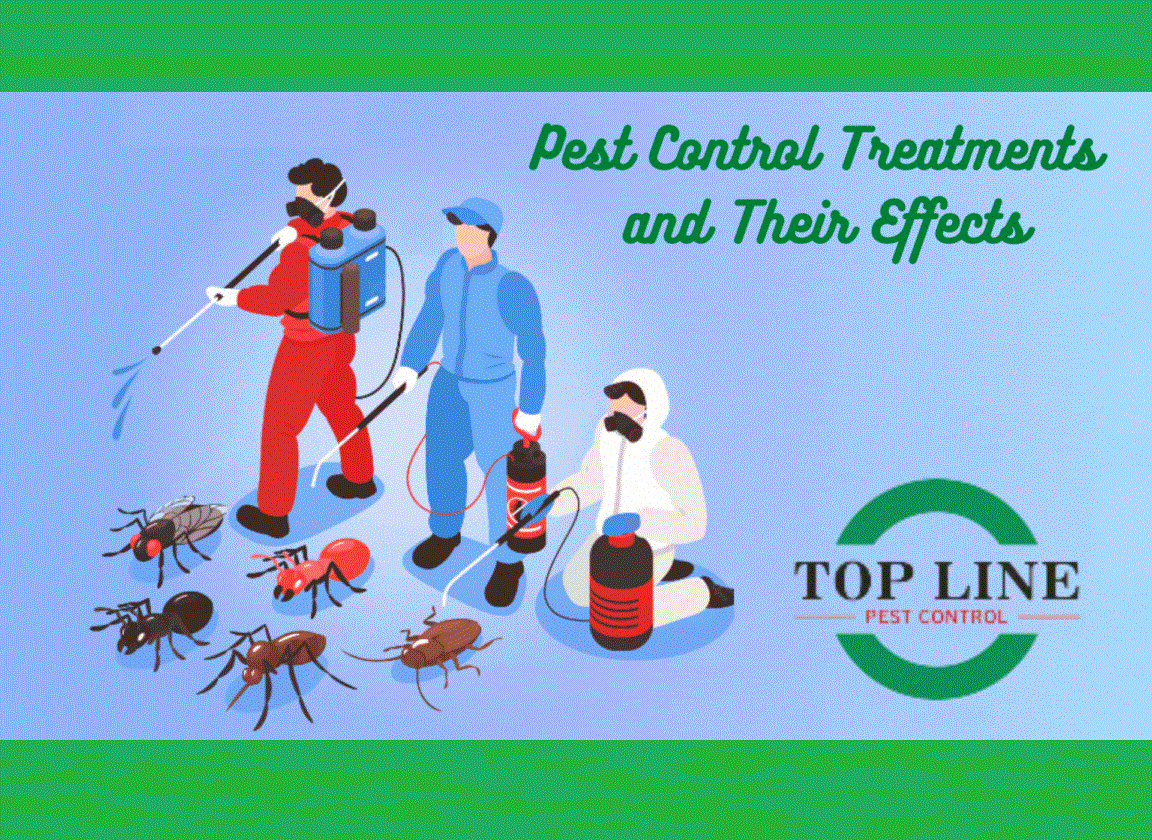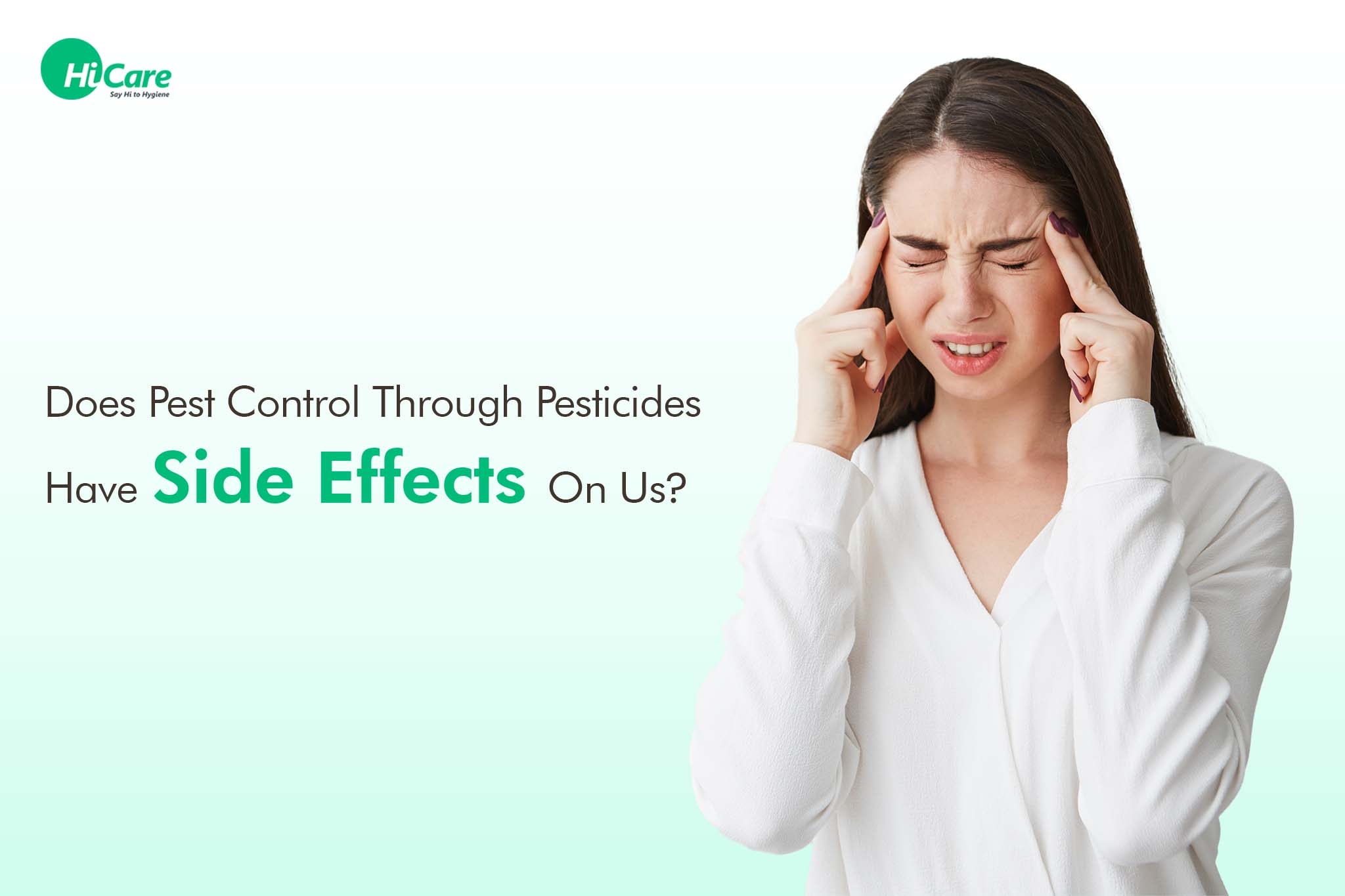An Unbiased View of Eco Bed Bug Exterminators Dc
Table of ContentsSee This Report on Eco Bed Bug Exterminators DcTop Guidelines Of Eco Bed Bug Exterminators DcUnknown Facts About Eco Bed Bug Exterminators DcNot known Facts About Eco Bed Bug Exterminators DcThe Definitive Guide to Eco Bed Bug Exterminators Dc
Due to the fact that chemicals are harmful, they are additionally potentially unsafe to people, pets, other microorganisms, and the atmosphere. People who utilize chemicals or routinely come in call with them should comprehend the loved one toxicity, prospective health and wellness impacts, and preventative steps to reduce direct exposure to the products they utilize. Threat, or risk, of making use of pesticides is the potential for injury, or the level of risk associated with utilizing a chemical under a given set of problems.
Applicators can decrease or virtually eliminate direct exposure-- and hence decrease hazard-- by adhering to the tag directions, using individual safety garments and tools (PPE), and handling the chemical effectively. For instance, greater than 95 percent of all chemical exposures come from dermal exposure, primarily to the hands and forearms. By wearing a pair of unlined, chemical-resistant gloves, this sort of direct exposure can be almost eliminated.
The harmful effects that occur from a single exposure by any type of course of entry are described "acute impacts." The 4 paths of direct exposure are dermal (skin), inhalation (lungs), dental (mouth), and the eyes. Intense toxicity is figured out by analyzing the facial toxicity, breathing toxicity, and dental poisoning of test animals.
What Does Eco Bed Bug Exterminators Dc Mean?
Intense poisoning is measured as the amount or concentration of a toxicant-- the a.i.-- called for to kill half of the animals in an examination populace. This measure is generally shared as the LD50 (lethal dose 50) or the LC50 (deadly focus 50). Additionally, the LD50 and LC50 worths are based upon a solitary dose and are tape-recorded in milligrams of pesticide per kg of body weight (mg/kg) of the guinea pig or partly per million (ppm).
The lower the LD50 or LC50 worth of a pesticide product, the better its toxicity to human beings and animals. Chemicals with a high LD50 are the least poisonous to people if utilized according to the instructions on the product tag. The persistent toxicity of a pesticide is established by subjecting examination animals to lasting exposure to the active ingredient.
The persistent toxicity of a pesticide is harder than intense poisoning to identify through research laboratory evaluation. Products are categorized on the basis of their family member acute poisoning (their LD50 or LC50 values). Chemicals that are look here classified as extremely poisonous (Toxicity Group I) on the basis of either oral, facial, or inhalation poisoning need to have the signal words risk and toxin printed in red with a skull and crossbones icon plainly showed on the front panel of the bundle tag.
The acute (solitary dosage) oral LD50 for pesticide products in this team ranges from a trace amount to 50 mg/kg. For instance, exposure of a few drops of a material taken by mouth might be deadly to a 150-pound person. Some pesticide products have simply the signal word threat, which informs you nothing regarding the intense toxicity, just that the product can trigger severe eye damages or serious skin irritation
Everything about Eco Bed Bug Exterminators Dc
In this category, the severe dental LD50 varieties from 50 to 500 mg/kg. A tsp to an ounce of this product could be deadly to a 150-pound person (exterminator near me). Chemical products categorized as either a little poisonous or relatively harmless (Toxicity Classifications III and IV) are required to have the signal word care on the chemical tag

All pesticide toxicity values, including the LD50, can be discovered on the product's Product Security Information Sheet (MSDS) - exterminator. Pesticide labels and MSDS can be acquired from merchants or produces. On top of that, the majority of products additionally know that can be located on the net. The signs and symptoms of pesticide poisoning can vary from a mild skin irritation to coma or perhaps death.
Because of potential health and wellness problems, pesticide users and handlers have to identify the usual indications and signs of chemical poisoning. The impacts, or symptoms, of chemical poisoning can be broadly specified as either topical or systemic.
Eco Bed Bug Exterminators Dc Things To Know Before You Get This
Dermatitis, or swelling of the skin, is approved as one of the most frequently reported topical effect connected with pesticide exposure. Signs of dermatitis variety from reddening of the skin to rashes and/or sores. Some individuals often tend to cough, hiss, or sneeze when subjected to pesticide sprays. Some individuals respond to the solid smell and bothersome effects of oil extracts made use of as service providers in pesticide items.
This sign generally subsides within a couple of minutes after an individual is gotten rid of from the exposure to the irritant. However, a reaction to a pesticide product that creates somebody not just to sneeze and cough but likewise to develop serious intense respiratory signs and symptoms is extra most likely to be a true hypersensitivity or sensitive response.
Systemic effects are quite different from topical effects. They often happen far from the original point of call as an outcome of the pesticide being taken in into and dispersed throughout the body. Systemic effects commonly consist of queasiness, vomiting, tiredness, migraine, and intestinal problems. In sophisticated poisoning instances, the person may experience adjustments in heart rate, difficulty breathing, convulsions, and coma, which could cause fatality.